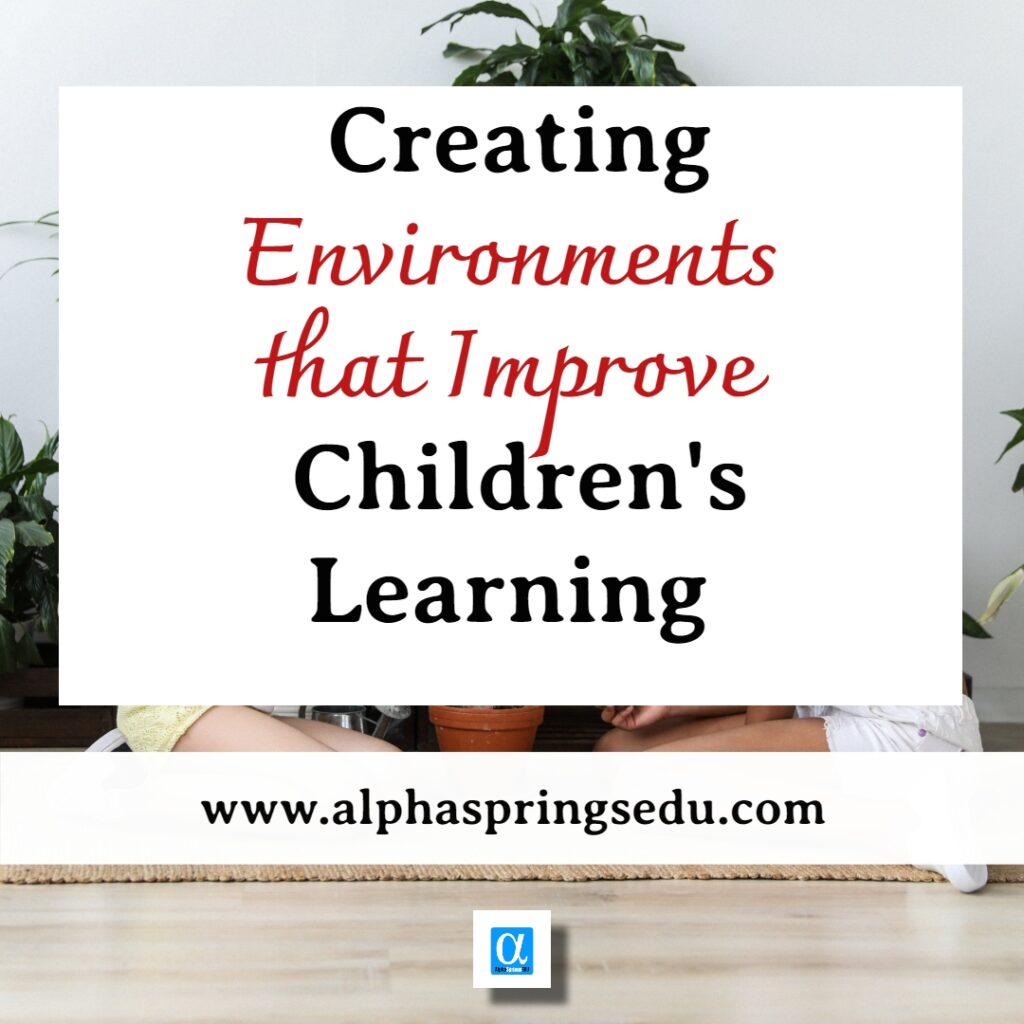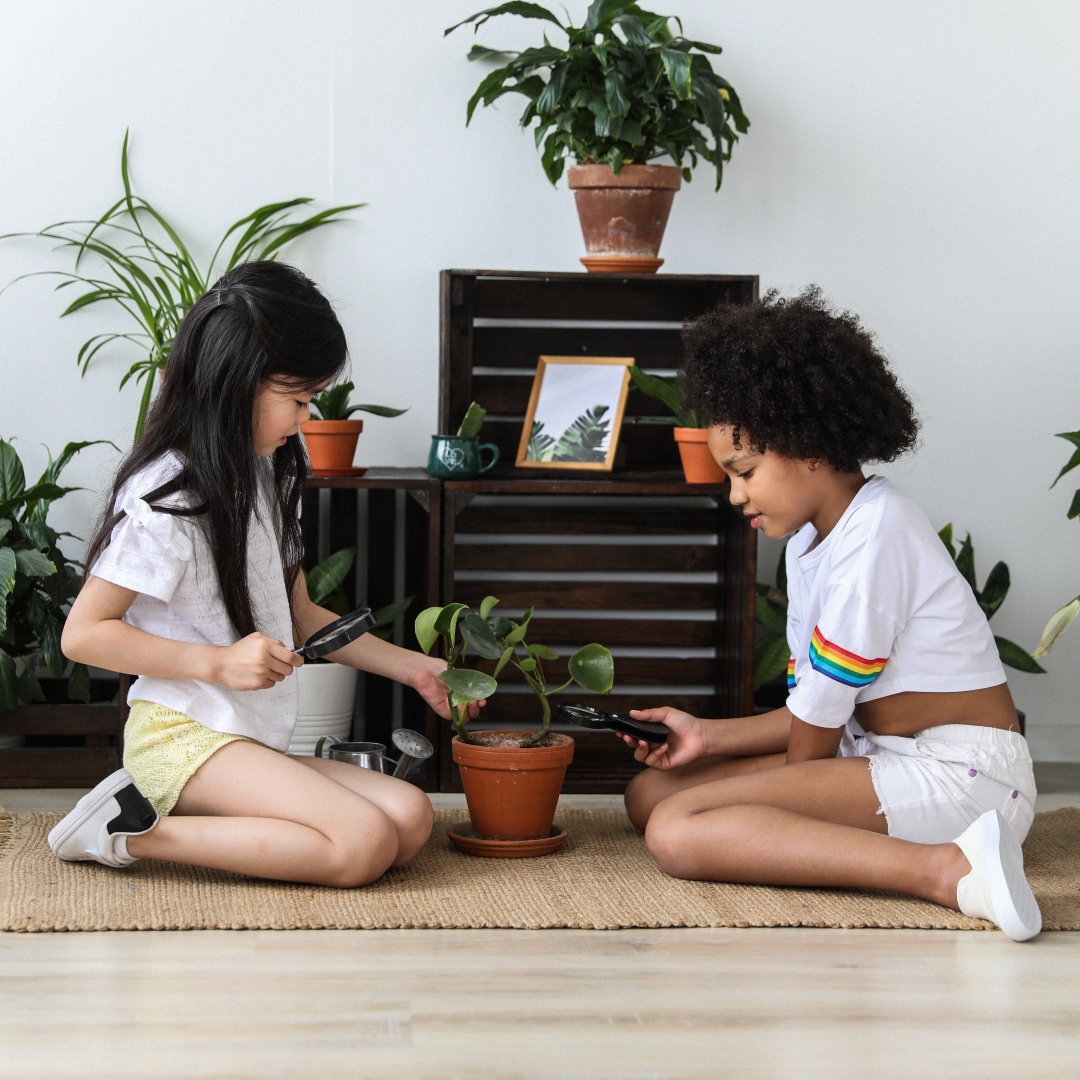If you’re a parent whose child is struggling academically and you’re wondering,
“How can I help my child learn and succeed?”
“What can help my child learn and succeed?“
“Where can my child learn and succeed?”
You’re in luck! I’m going to share how parents can create a learning environment to improve their children’s learning ability and academic success.
Getting children into the best schools, hiring a tutor, or even rendering help by yourself, is one thing. But, getting children from barely being able to read, write or do math at grade level to actually succeeding is another. It requires a clear strategy, aim, and most importantly – consistency.
And to accomplish these goals, we need to follow three important tips. Let’s get started.
TIP #1: A Mindset Shift
When I mention the word “learning environment” to parents, many times they sort of fringe because they think, “Oh no! Do we have to move again? We don’t want to search for a new school, house, or neighborhood.”
But here’s something very important to know: learning environment and living environment are completely two different things. Although, they both play important roles in successful learning. Learning environment simply refers to the physical locations where knowledge is acquired. It involves encountering information, assessing information, and applying information; as well as having opportunities to share knowledge.
Learning environment gives the learner the opportunity to skillfully handle or use information and ability to share the knowledge and information with others. So you don’t necessarily need to pack up and relocate.
Look around, discover and use the opportunities around you.
Tip #2: Focus On Creating The Ideal Learning Environment
I always tell parents, if you’re trying to give your children ‘absolute freedom’ to establish their own learning environment, you’re setting them up for failure and not academic success. In the world, there are so many things fighting for your child’s attention and your attention as well.
And many times, parents feel like saying ‘Have it your way! Do what you want! Just let me be!” If you are going to give your child total freedom to do as he or she pleases, you’re just going to continue going around in circles and wondering “How can I help my child learn and succeed academically?” “Where can my child learn and succeed academically?”
When speaking of the ideal learning environment – the environment that brings out the best and helps children reach their academic potential; we need to be intentional and consistent in helping them build this environment at home. The skills and lessons learned will benefit the children beyond the home to the school and throughout their lifetime.
And being focused, intentional, and consistent to creating the ideal environment empowers parents to offer their children successful learning support. I did a video on How to Get Children to Enjoy School and Learning. It’s an important resource to give parents more ideas and keep them focused while creating the ideal learning environment with their children.
Tip #3 Create The Ideal Learning Environment from Home
Children feel that they learn better at home. Although that is not proven, it can be beneficial to some children. Whatever be the case, the environment and how the learning is conducted are important. The challenge with learning at home are activities surrounding the home environment and are unrelated to what needs to be achieved. The list includes, family members fighting for space, TV, after school lessons, visitors, and don’t forget the urge to visit the fridge.
How to Create The Ideal Learning Environment at Home
Avoid distractions
Find a place that will shield you from seeing the things listed in Tip #3 above. The more your eyes see those things, your brain can convince you that it’s okay to do them and it will just be a minute. Think about the time when you picked up the remote just to scroll (not to watch) and check what was on TV – what did you end up doing? You probably watched one episode of your favorite show, a tennis or football match. Your eyes and brain are smart and powerful, don’t allow them to trap you. Get to your study corner fast.
Comfort is very important
While some people say that they are comfortable working on their bed laying down, that might not work for your child. He or she might need a comfortable chair to sit on. According to Race Furniture, “students’ engagement and learning retention are of paramount importance, and the seating … can have a real impact on this.”
When you’re comfortable, there’s a greater likelihood of not being distracted and more learning will happen.
Studying Wardrobe
Have you heard of a studying wardrobe? Just like any other occasion, getting the best out or your study time calls for the right outfit. It is important to dress comfortably to study. Imagine not wearing a sweater and feeling cold while studying for a test? It will be difficult to concentrate because your brain will be distracted by the cold.
Clutter free environment
While many people believe that it is near impossible to find a needle in a haystack, some children believe that it is difficult and near impossible to be a student and have a clutter free learning environment.
Did you know that disorganized and messy learning environments can create a feeling of stress and anxiety which have a negative effect on learning? Could this contribute to the reasons why your child is not completing and submitting schoolwork on time? Encourage your child and help him or her to build a routine of tidying up their learning environment after every study time.
When less time is spent on locating learning materials, more time will be spent on learning.
Lighting and color
These are also two very important aspects that promote learning. Light is more obvious because with or without research people know that poorly lit environments are not good for the eyes, not to mention learning. Most classrooms are surrounded by windows, which helps light to be properly distributed in the room. Also, natural light is pleasant to the eyes and brain and creates a relaxed environment which becomes conducive for children to learn. Colors also need to be pleasant to the eyes and brain. Choose colors and light that are comforting.
Music
Some children feel they study best with the music on. Everyone is different, work with your child to find what works. There are many people that study best in silence and that’s why they go to the library.
Learning environments play important roles on how students connect with information, manipulate, process, and apply information. Shifting the mindset, being focused, and consistently and intentionally helping children create and maintain the right learning environment can improve children’s academic learning ability and ensure success and parents will enjoy peace of mind.
And to help you get started, we created a graphic PDF download to help you remember the key concepts covered.

Read More
Do you think your child can benefit from learning support or academic advising? Book a free consultation. We are happy to discuss with you and guide you through the process. We help remove the stress so your child gets on with learning.

